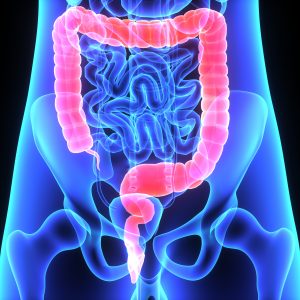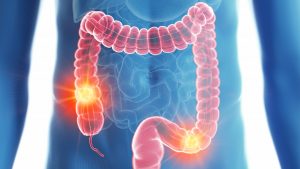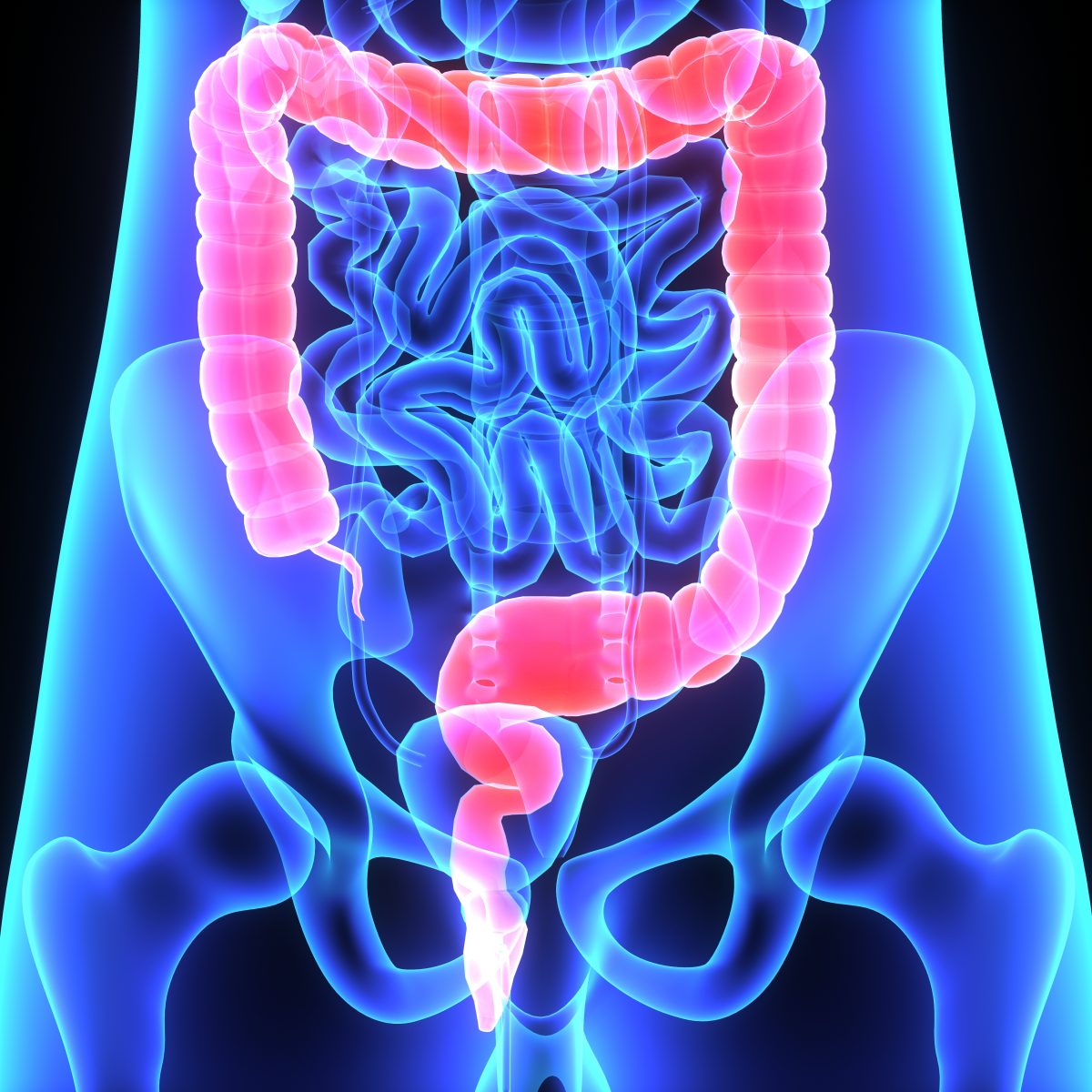Colon cancer is one of the most common cancers in the world. This concept includes both the defeat of the colon itself and the rectum. Most often, the tumor grows into the intestinal lumen, completely or partially overlapping it. But sometimes a neoplasm develops in its wall, growing into the abdominal cavity.
increasing the likelihood of the development of a pathological process. First of all, this is an incorrect and inadequate diet, tobacco combustion products and alcohol metabolites.
What symptoms can occur with colon cancer?
Despite the unity of the anatomical structure, colon cancer and rectal cancer can manifest themselves in different ways. Features in the clinical picture are due to different levels of damage.
Colon cancer is characterized by:
Feces mixed with blood
Rapid weight loss
Diarrhea or constipation in the absence of an objective cause
Pain and incompleteness after a bowel movement
Drawing, aching, cramping pains in the abdomen
Intestinal obstruction
Distinctive features of rectal cancer:
Feces covered in blood, pus, or mucus
Painful sensations in the lower spine and perineum
Frequent, unproductive urge to use the toilet
Foreign body feeling
Ribbon-like, elongated feces
Frequent constipation
Such symptoms significantly worsen the patient’s quality of life, lead to chronic blood loss, impaired general well-being and social adaptation. If such symptoms appear, you should consult a doctor to determine the cause of their occurrence.
What treatments are effective for colon cancer?
Detection of a tumor at an early stage of development allows for good treatment results. For this, complex therapy is used, which includes several methods of fighting cancer. This approach allows you to remove the tumor, destroy metastases, if any, and prevent the development of relapses.
Surgical treatment is the main method of fighting cancer. During surgery, a section of the intestine is removed, in which the oncological process develops. Then, depending on the situation, an anastomosis is created or a colostomy is placed on the anterior abdominal wall. In this way, it is possible to achieve restoration of intestinal patency and normal discharge of feces.
depending on the situation, an anastomosis is created or a colostomy is placed on the anterior abdominal wall. In this way, it is possible to achieve restoration of intestinal patency and normal discharge of feces.
Radiation and chemotherapy https://en.wikipedia.org/wiki/Chemotherapy are part of the complex treatment of the tumor process. It is impossible to surgically remove every atypical cell, but only the bulk of the cancer cells. That is why surgical treatment is used in combination with other methods of therapy. Unfortunately, the systemic effect of toxic substances on the body does not go unnoticed not only for cancer cells, but also for healthy ones. Therefore, you should be aware of all the side effects that radiation and chemotherapy entail.
Application of photodynamic therapy. The photosensitizer drug accumulates only in pathological cells and, being destroyed under the action of a light source, releases reactive oxygen species. Thus, it is atypical cells that are selectively destroyed, without damaging healthy ones. This leaves the cancer no chance of “survival”! The minimum of side effects makes photodynamic therapy the priority treatment for rectal cancer.
